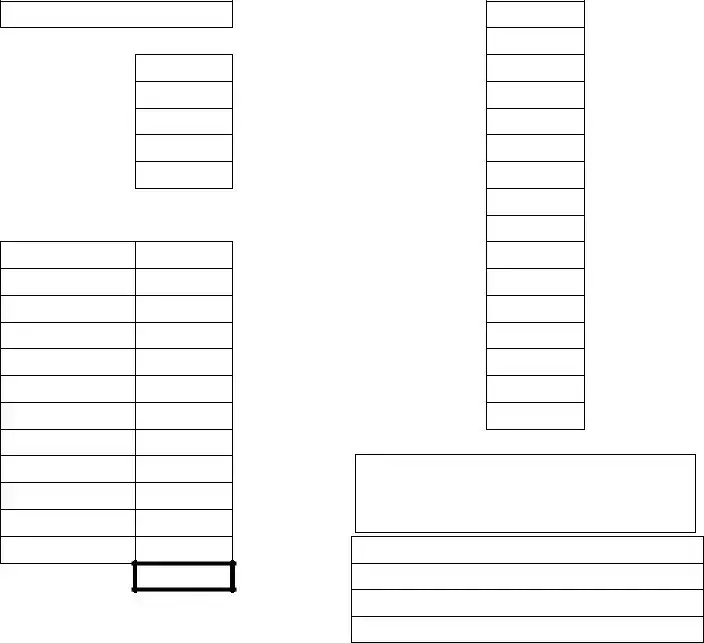Navigating the financial aspects of managing a rental property can often feel overwhelming for property owners. Keeping meticulous records of expenses is crucial, not only for tax purposes but also for the effective management and profitability of the property. The Rental Property Expenses form serves as a comprehensive tool, tailored specifically for this purpose. It diligently outlines various expenses associated with property management, providing sections for recording detailed information including the address of the property, purchase details, depreciation, and income received monthly. Additionally, it underscores the importance of noting tenant-paid expenses that effectively reduce rental income. The form further delves into annual expenses ranging from advertising and insurance to repairs and utilities, ensuring no detail is overlooked. Particularly notable is the reminder for property owners to issue Form 1099MISC for any payment over $600 made in a year to service providers, requiring the collection of their name, address, and tax ID number. Created by Carol Topp, CPA, this form not only aids in organizing financial information but also in preparing for tax season, illustrating the interconnection between meticulous record-keeping and successful rental property management.

